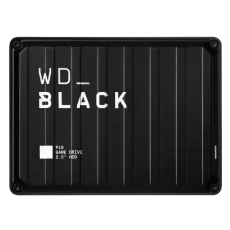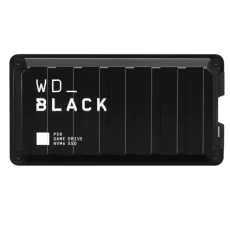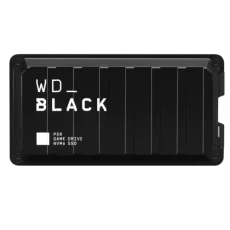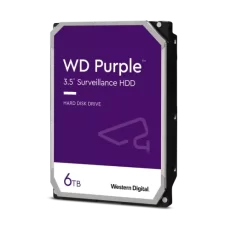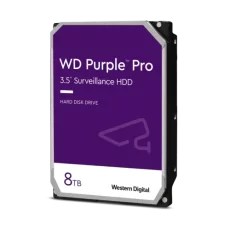- Brand StoreINTELASUSCooler MasterZotacNvidia QuadroAMDGigabyteCorsairGamdiasRazerMSISapphireWestern DigitalKingstonEVMCrucialNextronAsrockDELLBenQGMBelkinLGAnt Esports
- Prebuild PC
- Powered By Asus
- Blogs
- Brand StoreINTELASUSCooler MasterZotacNvidia QuadroAMDGigabyteCorsairGamdiasRazerMSISapphireWestern DigitalKingstonEVMCrucialNextronAsrockDELLBenQGMBelkinLGAnt Esports
- Prebuild PC
- Powered By Asus
- Blogs
- Brand StoreINTELASUSCooler MasterZotacNvidia QuadroAMDGigabyteCorsairGamdiasRazerMSISapphireWestern DigitalKingstonEVMCrucialNextronAsrockDELLBenQGMBelkinLGAnt Esports
- Prebuild PC
- Powered By Asus
- Blogs
Filter by Brand
Filter by Capacity
Filter by Interface
Filter by Data Read Speed
Filter by Data Write Speed
Filter by Form Factor
Filter by Warranty
Showing all 10 results
WD Black 1TB P10 Game Drive SSD Internal Storage
₹8,000.00Original price was: ₹8,000.00.₹6,200.00Current price is: ₹6,200.00.Incl Tax
WD Black 1TB P50 Game Drive SSD Internal Storage
₹48,000.00Original price was: ₹48,000.00.₹19,999.00Current price is: ₹19,999.00.Incl Tax
WD Black 2TB P10 Game Drive SSD Internal Storage
₹8,534.00Original price was: ₹8,534.00.₹7,499.00Current price is: ₹7,499.00.Incl Tax
WD Black 2TB P50 Game Drive SSD Internal Storage
₹50,000.00Original price was: ₹50,000.00.₹32,999.00Current price is: ₹32,999.00.Incl Tax
WD Black 4TB P10 Game Drive SSD Internal Storage
₹12,000.00Original price was: ₹12,000.00.₹9,299.00Current price is: ₹9,299.00.Incl Tax
WD Black 500GB P50 Game Drive SSD Internal Storage
₹29,500.00Original price was: ₹29,500.00.₹12,700.00Current price is: ₹12,700.00.Incl Tax
WD Black 5TB P10 Game Drive SSD Internal Storage
₹12,934.00Original price was: ₹12,934.00.₹10,999.00Current price is: ₹10,999.00.Incl Tax
Western Digital WD Purple 4TB Surveillance Hard Drive
₹9,831.00Original price was: ₹9,831.00.₹7,865.00Current price is: ₹7,865.00.Incl Tax
Western Digital WD Purple 6TB Surveillance Hard Drive
₹17,850.00Original price was: ₹17,850.00.₹12,750.00Current price is: ₹12,750.00.Incl Tax
Western Digital WD Purple 8TB Surveillance Hard Drive
₹24,763.00Original price was: ₹24,763.00.₹17,688.00Current price is: ₹17,688.00.Incl Tax
Computer hard drives contain all the data in your PC, from the operating system to music, movies and video games. Whether you have a laptop or a desktop computer, there are several types of hard drives to choose from. The most common hard drive interfaces are PATA, SATA and SAS.
HDDs Provide Up To 10TB of Storage Space
HDDs use platters to perform their essential functions, and a motor spins the plates while an actuator arm reads and writes on them. Inside the hard drive, there’s also an I/O controller that communicates with the other components of the computer system. SSDs, instead, use flash memory.
For this reason, SSDs are much faster. They also tend to generate less heat inside the computer case and consume less energy than HDDs. Since they have less fragile internal parts, SSDs are generally more durable. However, HDDs can have up to 10TB capacity, while SSDs can only handle up to 4TB of storage space. Thanks to their speed, SSDs are standard as boot drives, and HDDs work better as mass storage devices.
Are PATA Desktop Hard Drives Compatible With Older Computers?
PATA hard drives need bulky ribbon-like cables to connect to the motherboards, and these cables may cause overheating inside the computer case, especially for laptops. If you want multiple PATA hard drives on your PC, you must connect them with the correct jumpers in a master-slave configuration. The master drive communicates directly with the computer and controls the slave drive. This is possible thanks to the motherboard configuration, which has both a primary and secondary PATA channel. The PATA standard can transmit data at a maximum speed of 133MBps.
SATA Drives Are Faster and Require Less Bulky Cables
SATA computer hard drives can transmit data at 150, 300 or 600MBps. SATA drives to improve the overall speed of the PC, allowing apps and games to load faster. These drives connect directly to the motherboard with cables much smaller than the PATA ones, allowing air to flow better inside the computer case. Each drive connects directly to the motherboard without needing a master-slave configuration SATA cables have a maximum length of 3.3ft, so you can mount the hard drive everywhere inside the computer case.
SAS Internal Hard Drives Offer Superior Reliability
Thanks to their speed and reliability, SAS drives are primarily common in server data centres and business computer systems. They can run 24 hours a day, seven days a week, and handle up to 1.6 million hours of use at 45°. On the other hand, SATA drives have more capacity and consume less power. SAS drives use cables with a maximum length of 33ft to meet the needs of large or complex servers. They use a redundant array of independent disks (RAID) to prevent data losses and downtime.

